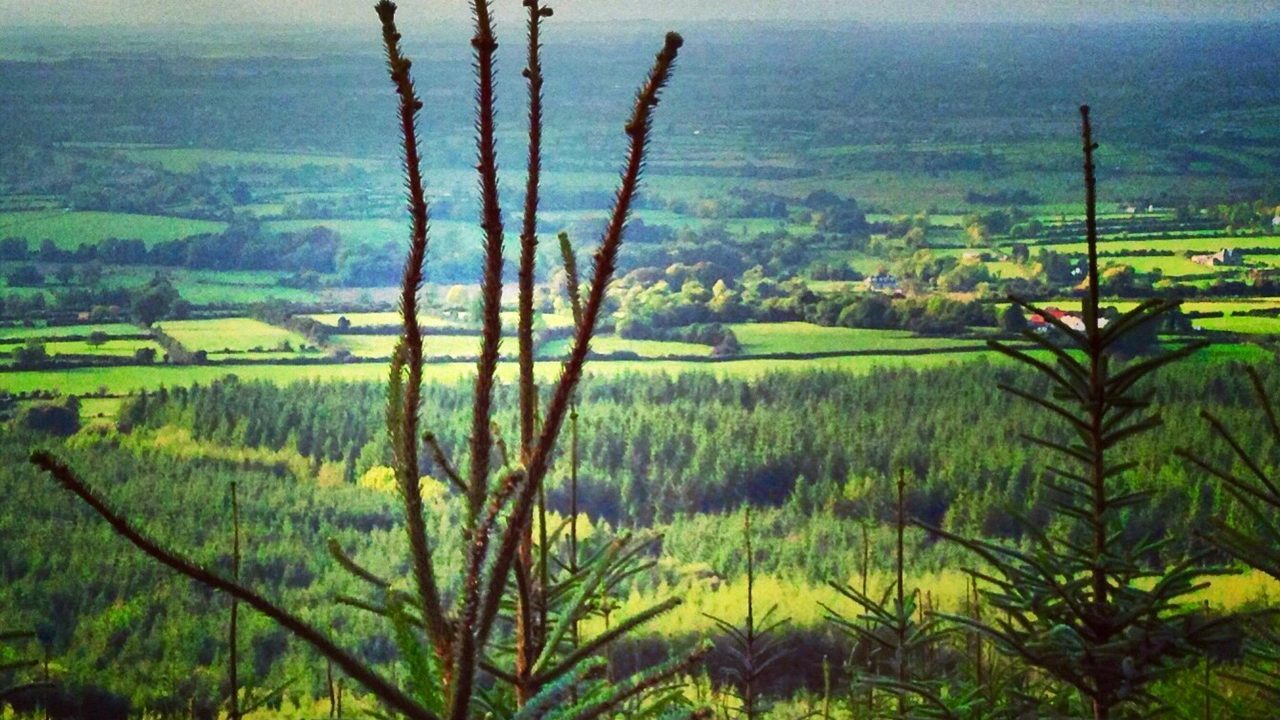A recent report from the Council for Forestry Research and Development (COFORD) has given the Irish Natura and Hill Farmers Association (INHFA) cause for concern.
The report highlights 1.8 million hectares of land alleged to have limited agricultural activity with 1.08 million hectares suitable for forestry. This accounts to over 25% of the agricultural land.
“This report and other statements made in relation to the role forestry can play in providing a carbon sink is of growing concern in many rural communities” according to Mr Vincent Roddy, Chair of the INHFA.
He added “it is becoming quite obvious that an agenda is being pursued that encourages large-scale afforestation in some areas which can then be used as a carbon sink (off-set) in order to facilitate an expansion in other areas.”
While the INHFA is not against forestry we believe it needs to be farmer led and should not undermine communities.
In relation to carbon emissions, Mr Roddy stated that “each person, farm, community or sector have to take responsibility for their own carbon emissions and find solutions in their own area”.
Rural communities and especially those in disadvantage areas have experienced a difficult eight years through business closures, emigration, unemployment and the withdrawal of services. Farming and the money spent around
Farming and the money spent around it, is what now keeps many of these communities going. Farm families are often what keeps the schools open, the GAA clubs going and the community alive, because for better or worse the farming activity they are involved in keeps them there.
Mr Roddy stated that “there is a concern that when reports are compiled a limited view can be taken. In the case of land use it is not just what the land is producing that needs to be factored in. We also need to consider the role and importance those living on that land have for the wider community.”
